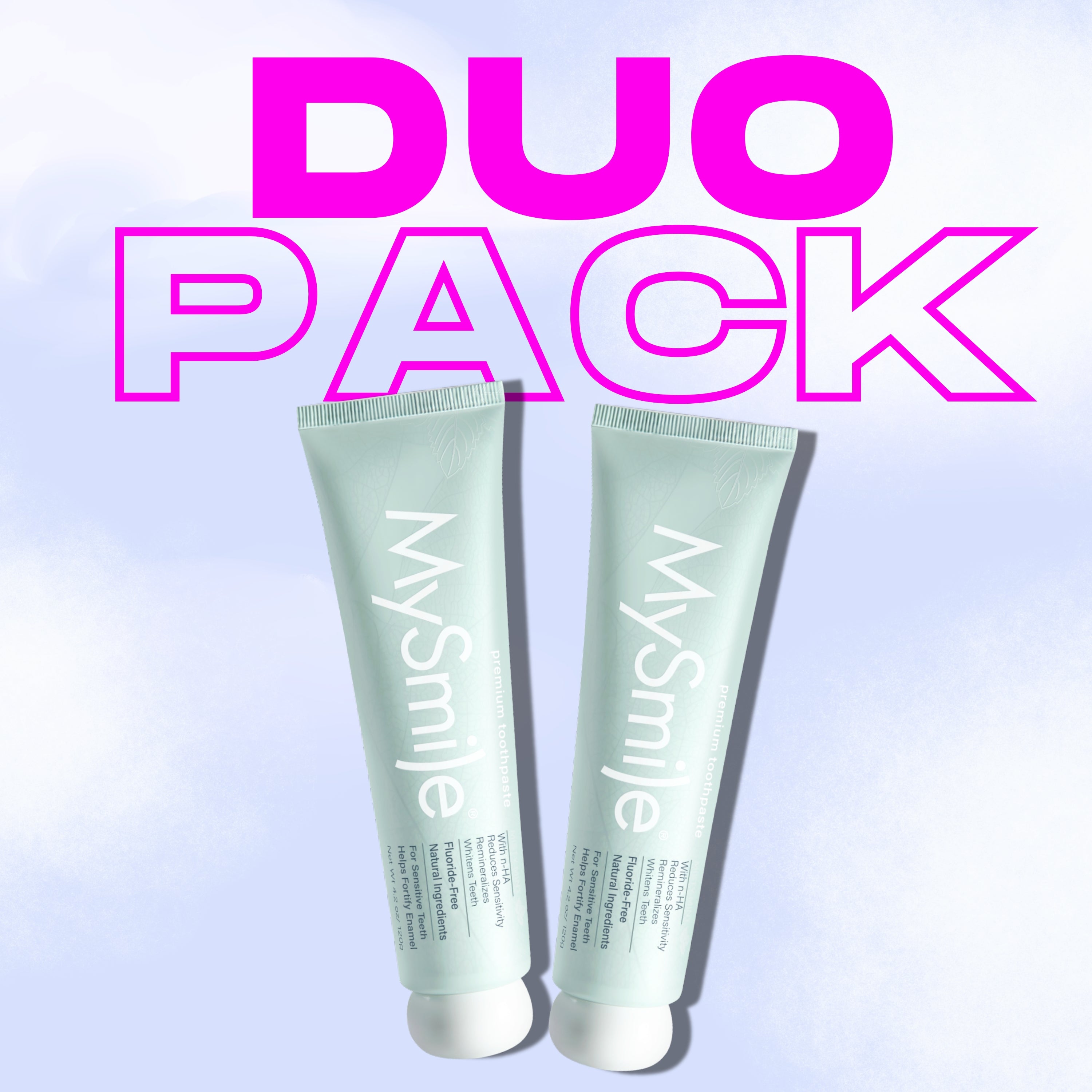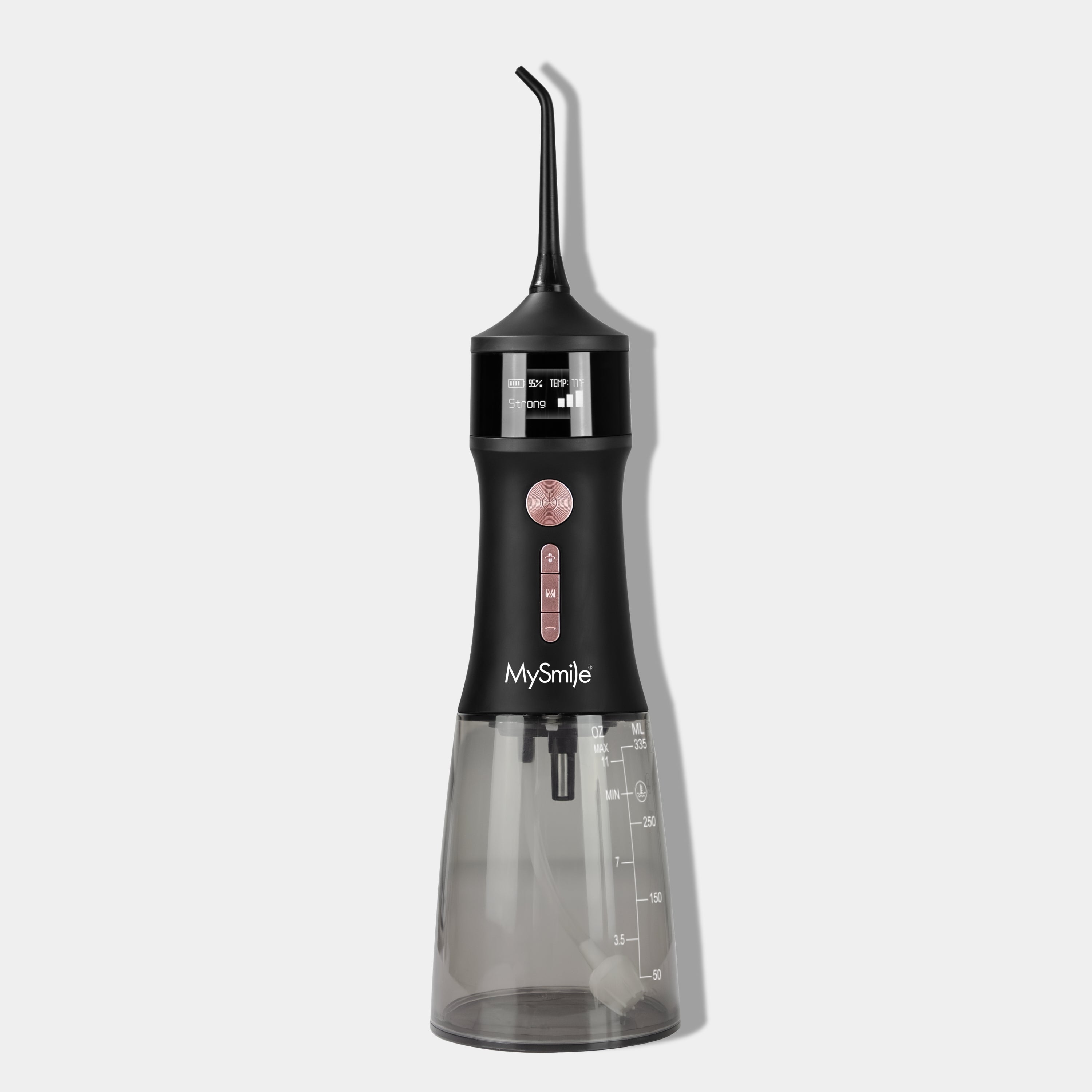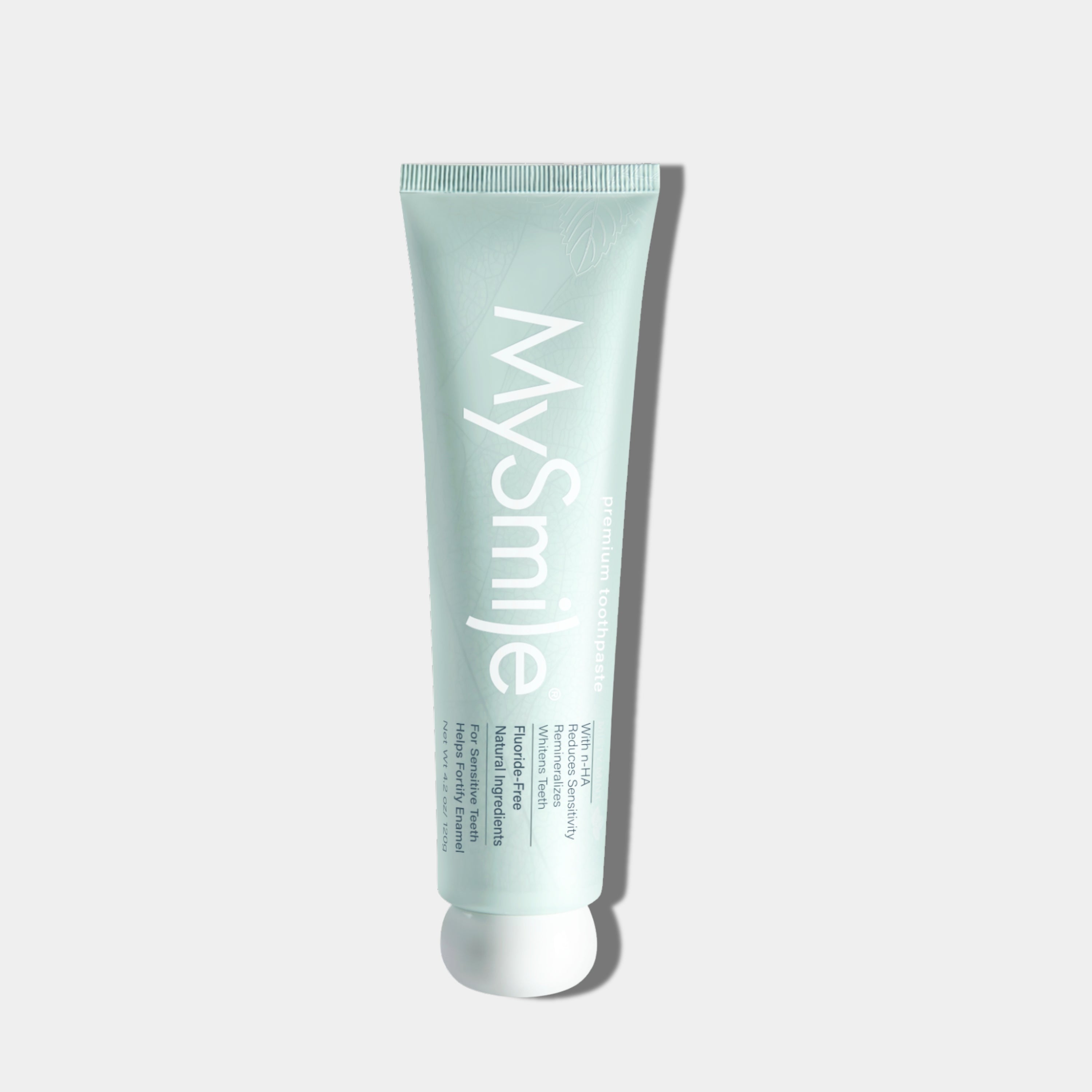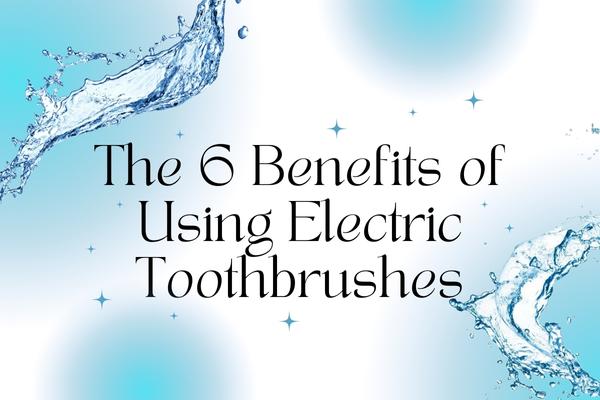
What is Interdental Cleaning?
Interdental cleaning is essential for keeping our teeth and gums healthy. Interdental cleaning is cleaning between teeth using floss or another interdental cleaning device. This helps remove plaque and food particles from areas our toothbrushes can't reach. It's also important to remember that interdental cleaning should be done gently – scrubbing too hard can damage your gums.
Interdental cleaning can be done in several ways, but the most common method is flossing. Flossing helps remove plaque and bacteria between the teeth, preventing cavities and gum disease. However, it is important to note that flossing must be done correctly to be effective. The American Dental Association recommends using a toothbrush or dental pick to reach between the teeth and gently move the floss up and down. Interdental cleaning should be done at least once a day and more often if necessary. By taking the time to clean between your teeth properly, you can help keep your mouth healthy and free from cavities and gum disease.
What Is Flossing?
Flossing is an important part of the oral care routine. It helps remove plaque and bacteria from teeth and gums that brushing alone cannot reach. While various types of floss are available, water flossing is a gentle and effective way to clean teeth and gums. Water flossers use a stream of water to remove plaque and debris from teeth and gums. They are easy to use and can be adjusted to different settings for different needs. Water flossing is a safe and effective way to clean teeth and gums, and it is a great addition to any oral care routine.
How Does Water Flossing work?
Water flossing is an effective alternative to traditional flossing for those who find it difficult to use dental floss—water flossers clean teeth through water pulses, which remove remaining food particles on teeth. Water flossers are easy to use and can be used in different directions to reach all mouth areas. Water flossers are also gentle on gums and help remove plaque and bacteria from teeth.
Here's how to use it:
1. Fill the device
Fill your device with lukewarm water. You may also connect it to a water tap (only if your device offers this option). Make sure not to use water that is too cold or too hot. It may lead to sensitivity.
2. Position
Do not direct and turn on your device directly once you place it inside your mouth. Position it first, starting from your molar.
3. Set
Options regarding the pressure of water are available for you. Do not set it up on the highest pressure directly. Start from the least and change it systematically. You may as well close your lips during the process.
4. Location
Direct the sprinkler on your teeth one by one. You should aim for the top of the tooth, the baseline of gum, and the space between your teeth, as advised by Oral B. The process should last for about two minutes.
5. Clear
After your treatment, make sure to clear all the water on your device. Unable to do so may cause damage and build-up of bacteria.
6. Clean
Wash the reservoir of your device to ensure its cleanliness.
You can also read The Bad Habits That Wreck Your Teeth
The Benefits of Water Flossing
A recent National Library of Medicine study found that water flossers are 29% more effective than traditional floss. This is good news for those who have been struggling to keep their teeth clean and free of plaque. Here are some of the benefits of using a water flosser:

- Proven
The water flosser is accepted by American Dental Association (ADA). You do not have to worry if the device is safe because it is clinically proven.
- Less Abrasive
Compared to traditional flossing, water flossing is gentler on the gums. Since you are only using water to clean your teeth, it is likely impossible to damage or cut tissues in some parts of your teeth.
- Convenient
A water flosser is much more convenient to use. It does not require any long processes to make it work. You just have to know where to place and angle it to utilize it effectively.
- Maintains oral and gum health
This device can remove bacteria and prevent you from having cavities. Aside from this, it allows you to keep healthy gums. Inflammation and bleeding rarely occur after using this method.
- Deep Clean
A water flosser can clean the hard-to-reach area in your mouth. You can ensure that the spaces between your teeth are clean when you use this device. It offers deeper cleaning without harming your tissues and gums.
- Suitable for braces
Having braces seems to be difficult when flossing. Nonetheless, water flossing could fix that issue. It is suitable for braces. It is also best for anyone who did extra care for their teeth, such as dental implants or crowns.
Recommended Water Floss Product
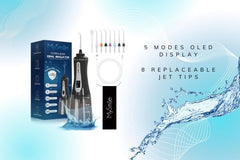 When it comes to keeping our teeth clean and healthy, many different products and tools are available on the market. Whether you prefer brushing, flossing, or using a water flosser, there are various options to choose from. If you're looking for a floss product that fits your needs and lifestyle, then My Smile Cordless Water Flossers Portable Water Pick Teeth Cleaner 5 Modes Oled Display With 8 Replaceable Jet Tips may be the right choice for you. This innovative water flosser allows you to easily achieve superior oral health at home or on the go. For those also looking for teeth whitening tips, it’s important to incorporate effective cleaning tools like this water flosser into your routine. It features five cleaning modes, an advanced OLED display, and eight replaceable jet tips for ultimate versatility. So if you want a water flosser that gives you complete control over how you clean your teeth and gums, this is definitely the product for you. Give MySmile Cordless Water Flossers Portable Water Pick Teeth Cleaner 5 Modes Oled Display With 8 Replaceable Jet Tips a try today and start feeling confident about your dental hygiene routine!
When it comes to keeping our teeth clean and healthy, many different products and tools are available on the market. Whether you prefer brushing, flossing, or using a water flosser, there are various options to choose from. If you're looking for a floss product that fits your needs and lifestyle, then My Smile Cordless Water Flossers Portable Water Pick Teeth Cleaner 5 Modes Oled Display With 8 Replaceable Jet Tips may be the right choice for you. This innovative water flosser allows you to easily achieve superior oral health at home or on the go. For those also looking for teeth whitening tips, it’s important to incorporate effective cleaning tools like this water flosser into your routine. It features five cleaning modes, an advanced OLED display, and eight replaceable jet tips for ultimate versatility. So if you want a water flosser that gives you complete control over how you clean your teeth and gums, this is definitely the product for you. Give MySmile Cordless Water Flossers Portable Water Pick Teeth Cleaner 5 Modes Oled Display With 8 Replaceable Jet Tips a try today and start feeling confident about your dental hygiene routine!Conclusion
So, there you have it – all the reasons you should floss your teeth daily. We highly recommend switching if you're not currently using a water flosser. They are much more effective than traditional floss and can help keep your gums and teeth healthy and clean. Have you tried water flossing before? We want to hear about your experience in the comments below!



